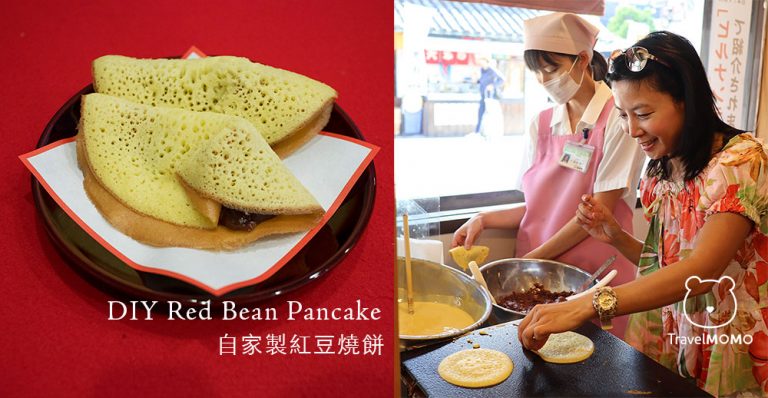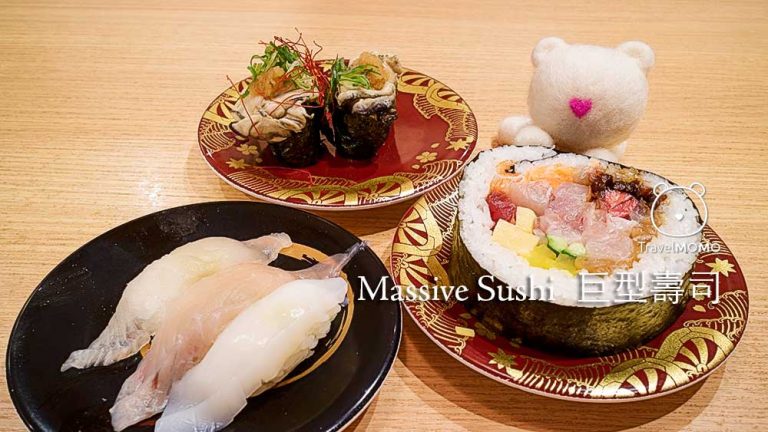Locating at the southern tip of Okayama prefecture, Chukoku Japan, Kojima is the last stop along the JR line before you cross the famous Seto Inland Sea and go to Shikoku Japan. In addition to the popular jeans street, Betty Smith Jeans Museum, you may also get a great view of Seto Inland Sea from Mount Washuzan. Seto Inland Sea (Setouchi) is the water separating Honshū, Shikoku, and Kyūshū, three of the four main islands of Japan. It is the largest inland sea in Japan, surrounded by Hyogo, Okayama, Hiroshima, Yamaguchi, Tokushima, Kagawa, and Ehime prefectures. There are about 700 large and small islands in Setouchi. The Setouchi region is known for its moderate climate, relatively warm and sunny compared to the rest of Japan. The coastal area of the Seto Inland Sea was appointed the Setonaikai National Park (瀬戸内海国立公園) in 1934, one of the oldest National Park in Japan. In 1980s, 3 bridges were constructed to connect Shikoku with Honshu, making it easy to travel around Setouchi Area. Besides, the Setouchi Triennale Art Festival has boosted even more international…
If you were jeans fans visiting Kojima, don’t miss the jeans museum where you can learn about some history of jeans, the evolution and process of jeans manufacturing, buy or customize your own jeans, or even DIY a pair of jeans or make an accessory strap yourself.
Locating at the southern tip of Okayama prefecture right by Seto Inland Sea, Kojima is a the last stop of JR train south before you connect to Shikoku from Okayama. As a seaside land, the soil was too salty to grow rice. Hence all farmers started to grow cotton. During the Edo Period a few hundred years ago, Kojima flourished to become a textile town producing Sanada-himo (the cotton strap of swords), then Tabi (the traditional split toes socks in Japan), and later uniforms for students from all over Japan until synthetic fibre became popular in 20th centuries. Inspired by the casual jeans look of the America, one of the textile company (now Big John) produced the first Japanese jeans in Kojima in 1965. It was a big hit in Japan. Soon after, more jeans factories joined the production of jeans. Kojima becomes the jeans town in Japan and famous for producing high quality denim products.
Just 15 minutes walk from JR Kurashiki Station, Kurashiki Bikan Historical Quarter is a really nice preserved area featuring white walled houses, a small canal that runs through the center of town, and plenty of small alleys, galleries, museums and shops. The easy access and beautiful townscape make it a desirable place to visit in Okayama Japan. The Kurashiki Historical Quarter (District) was a river port where warehouses were built to store goods. “Kura” means storage in Japanese. The white walled houses with black tiles were classic warehouses in the Edo Period. Then factories were built, Western styled buildings were constructed. Yet no cables and posts were in sight in the area to preserve the pleasant look and feel of an Edo town.
Lined with many unique shops, cafes, art galleries and museums in both white walled houses and early western buildigns, Kurashiki Bikan Historical Quarater in Okayama Japan is one of the best places showcasing traditional culture. Tasting local food is a favorite things for tourists. In the old town, you may also experience how to make the red bean crepe with your own hand.
Kurashiki is one of the popular cities in Japan’s Seto Inland Sea, featuring a tranquil historical town lined with white-walled Japanese traditional residence, a beautiful Kurashiki Canal, and many unique shops, galleries, cafes and restaurants operating in the centuries old buildings. Locating in the middle of the Kurashiki Bikan Historical Quarter, Kurashiki Yoimachi Garden is a unique venue for delicious food, small parties and events in a nice environment.
Tasting local food is one of the key elements when it comes to travel. It would also be great if the food is delicious, cheap and cheerful, the restaurant opens till late and is conveniently located. Iwasaka in Aeon Mall probably probably just meet all those criteria. It is one of the popular sushi bars conveniently located in Aeon Mall which is about 10 minutes walk from JR Okayama station. Of course there is an underground connection so that you wouldn’t have to worry about the weather. The prices of the sushi dishes ranged from ¥180 (HK$13) to ¥580 (HK$43). Many are around ¥300 (HK$22), including the steamed oysters sushi, Sakura sushi, and the massive sushi roll that I ordered. The assorted 3 kinds of seasonal raw fish sushi was ¥380 (HK$28). There are more locals than tourists which is a good sign for now. Check it out if you are visiting Okayama. This is not an advertisement! I have been to the restaurant a couple of time when I travelled to Okayama. It is just easy. Iwasaka Address: 7F…
One of the most famous spot for viewing cherry blossom in Okayama is the one kilometer long riverbank of Asahigawa (Asahai River) in the city. More than 200 cherry trees along the river creates a wonderful road for people and drivers. It is conveniently located near Okayama Castle and the famous Kōraku-en, one of the top three Japanese gardens in Japan. So you may visit all three sites at the same time! Transportation: By bus: around 10-12 minutes from Okayama Station to Kōraku-en. On foot: around 25 minutes from Okayama Station. The river is a C-shape and you may start from Okayama Castle and finish at Kōraku-en Garden. Enjoy!
Okayama Castle is one of the best places to see cherry blossom in spring. There are more cherry trees around the outer moat or the “river”, making it a pleasant place to visit. The castle is conveniently located in the city, near many museums and Kurakuen Koen. Transportation from Okayama Station: By bus: Take the Okaden Bus bound for “Okaden Takaya” or the Ryobi Bus bound for “Saidaiji” via “Higashiyama”(Higashiyama-keiyu Saidaiji). Get off at “Kencho-mae”. The castle is five minutes by walk from the bus station. By tram: Take a tram bound for “Higashiyama”. Get off at “Shiroshita”. The castle is about 10 minutes on foot.
Completed in 1700, Okayama Korakuen was designed to be an entertainment garden for important guests during the Edo Period. It is one of the few historic gardens that has minimal modification and was designated as a Special Scenic Location in Japan in 1952. Conveniently located in Okayama city near the castle, Okayama Korakuen is one of the three more beautiful gardens in Japan, offering amazing scenic view in different seasons. It is one of the best places to visit for autumn foliage in middle to late November.










